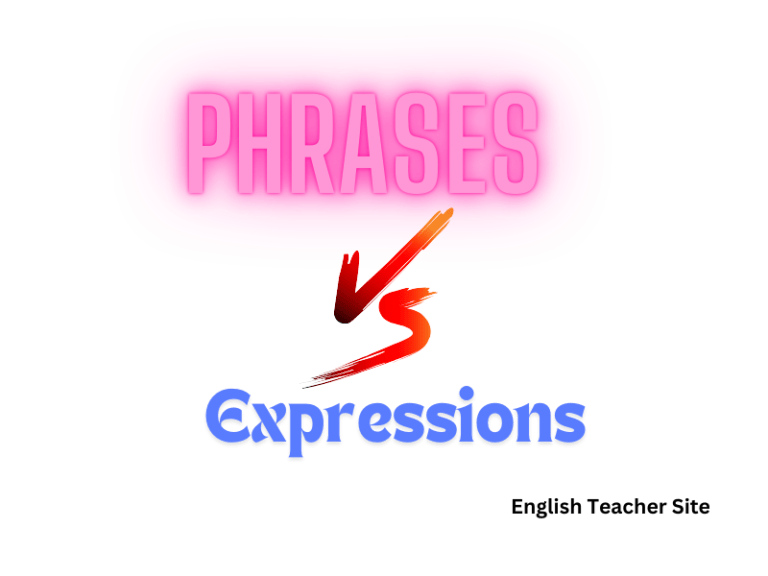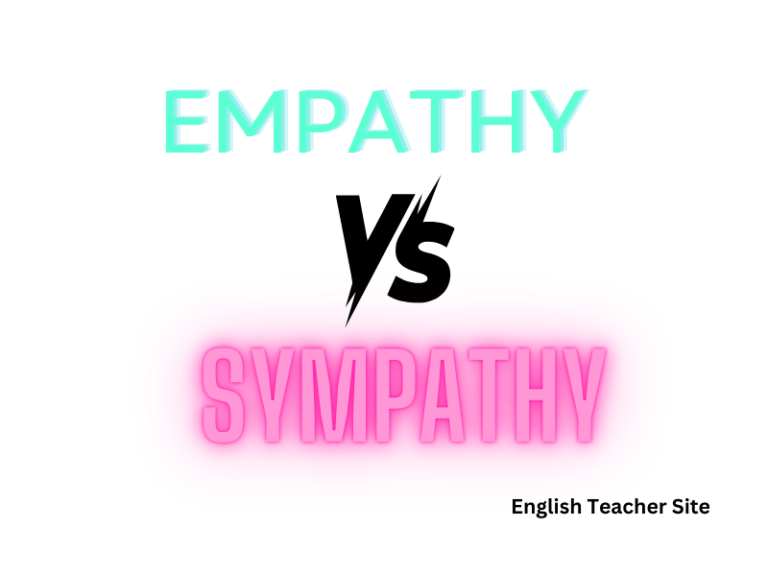Personal Pronouns First Second Third: Understanding Grammatical Persons

- Personal pronouns are categorized as first, second, or third person, indicating the speaker, the listener, or others.
- Proper use of personal pronouns is vital for grammatical precision and clear communication.
- Knowing pronoun categories and functions helps prevent common language errors.
Personal pronouns are the building blocks of language, allowing us to refer to participants in a conversation without repeating their names. They are categorized into first person, second person, and third person, each serving a distinct function in communication. The first person includes pronouns such as “I” and “we,” involving the speaker directly. In contrast, the second person directly addresses the listener, as in “you,” while the third person refers to someone or something external to the conversation, like “he,” “she,” “it,” or “they.”
Personal Pronouns: First, Second, Third
In English, personal pronouns are essential tools that serve the function of replacing nouns to provide ease of conversation and to avoid repetitiveness. Tightly linked to their noun predecessors, pronouns must agree in number and gender where applicable. Personal pronouns are categorized into three distinct groups based on the person they are referring to: first person, second person, and third person.
First-Person Pronouns:
| Singular | Plural |
|---|---|
| I | we |
| me | us |
These pronouns refer to the speaker themselves or a group to which the speaker belongs. They are intimate and are used for self-reference.
Second-Person Pronouns:
Singular and plural forms are the same in modern English:
- you
Employed to address the listener or reader directly, second-person pronouns are used in both formal and informal situations.
Third-Person Pronouns:
| Singular | Plural |
|---|---|
| he, she, it | they |
| him, her, it | them |
Referring to individuals, entities, or concepts apart from the speaker and listener, third-person pronouns differ based on gender and neutrality.
Examples in sentences:
- First-person: “I finished my work, so now we can go out.”
- Second-person: “Could you please hand me your book?”
- Third-person: “She called them yesterday to confirm their meeting.”
Personal pronouns are also subject to the functional distinctions subjective case (used as the subject of a sentence) and objective case (used as the object of a sentence or preposition). For instance, ‘I’ is subjective, while ‘me’ is objective. The choice of pronoun case is subject to the pronoun’s function in its respective clause.
Pronoun Categories and Functions
Pronouns are integral to the structure of language, serving as tools to maintain fluency and coherence. Depending on their role and the nouns they refer to, pronouns fall into different categories, each with specific functions. They are essential in avoiding repetition and enabling clear and concise communication.
First Person Pronouns
First person pronouns represent the speaker or speakers. In singular and plural forms, these pronouns include:
- Subjective case: I, we
- Objective case: me, us
- Possessive determiners: my, our
- Possessive pronouns: mine, ours
- Reflexive pronouns: myself, ourselves
These pronouns often convey personal experiences, thoughts, or feelings.
| Case | Singular | Plural |
|---|---|---|
| Subjective | I | we |
| Objective | me | us |
| Possessive | my/mine | our/ours |
Second Person Pronouns
Second person pronouns refer to the person or people being addressed directly. They include:
- Subject pronouns: you
- Object pronouns: you
- Possessive determiners: your
- Possessive pronouns: yours
- Reflexive pronouns: yourself, yourselves
Whether in singular or plural, these pronouns remain the same, which is a unique aspect of the second person.
Third Person Pronouns
Third person pronouns substitute names of persons, places, objects, or ideas that are neither the speaker nor the addressee. They vary by gender and number and include:
- Masculine: he, him, his, himself
- Feminine: she, her, hers, herself
- Neutral: it, its, itself
- Plural/gender-neutral: they, them, their, theirs, themselves
This category also includes singular they, used when gender is unknown or irrelevant.
Gender-Neutral Pronouns
Gender-neutral pronouns provide inclusivity by not associating the referent with a specific gender. Examples include they, them, their, theirs, as well as other pronouns like ze and hir, which are emerging to address non-binary identities.
Pronouns in Context
Pronouns must agree in number and gender with the nouns they replace, known as pronoun-antecedent agreement. Pronouns adapt to contexts:
- In speech, first and second person pronouns are more common.
- In academic writing, third person pronouns are preferred to maintain formality and objectivity.
Specialized Pronouns
Specialized pronouns include:
- Interrogative pronouns: what, who, whom, which — for asking questions.
- Indefinite pronouns: each, neither, either, one — when the referent is not specific.
These types often interact with other sentence elements to perform their function.
Pronoun Usage Conventions
Different style guides, such as APA, Associated Press, and Merriam-Webster, may have specific conventions regarding pronoun usage, especially when it relates to formality and clarity. It is essential to stay updated with such guidelines, especially when capitalizing pronouns in religious texts or using pronouns in formal writing.
| Style Guide | Notable Pronoun Usage Convention |
|---|---|
| APA | Emphasis on bias-free language; singular “they” usage |
| Associated Press | Singular “they” accepted; clarity in pronoun reference |
| Merriam-Webster | Recognizes gender-neutral pronouns; usage updates |
Pronoun Rules and Agreement
These rules ensure pronouns are used correctly in relation to number, gender, and case. Adherence to these principles helps avoid confusion over what or whom the pronouns are referring to within sentences.
Pronoun Case Rules
Pronouns must match the case they are in, which can be subjective, objective, or possessive:
- Subjective case: Used when the pronoun is the subject of the verb.
- Examples: He runs fast. They sing beautifully.
- Objective case: Used when the pronoun is the object of the verb or preposition.
- Examples: The teacher spoke to her. The dog followed them.
- Possessive case: Used to show ownership.
- Examples: The book is hers. Their house is big.
Pronoun Number Agreement
The number of the pronoun must agree with the number of the noun it replaces:
| Singular | Plural |
|---|---|
| It finds a way | They find a way |
| She is laughing | They are laughing |
- Singular pronouns replace singular nouns, and plural pronouns replace plural nouns.
Pronoun Antecedent Rules
A pronoun should agree with its antecedent in number, gender, and person:
- The antecedent is the noun the pronoun refers to.
- A singular antecedent requires a singular pronoun; a plural antecedent needs a plural pronoun.
- Example: Every student must bring his or her notebook.
Reflexive and Intensive Pronoun Usage
Reflexive and intensive pronouns are formed by adding -self or -selves:
- Reflexive pronouns reflect back to the subject.
- Example: She taught herself to play the guitar.
- Intensive pronouns emphasize a noun or another pronoun.
- Example: The mayor himself presented the award.
Indefinite and Impersonal Pronouns
Indefinite pronouns refer to non-specific beings or things, and impersonal pronouns don’t refer to any specific person, place, or thing.
- Examples of indefinite pronouns: anybody, everyone, somebody.
- Impersonal pronoun example: One should always do one’s best.
Gender and Pronouns
Pronouns should match the gender of the antecedent where applicable, and gender-neutral pronouns can be used when gender is unknown or irrelevant:
| Masculine | Feminine | Neuter | Gender-neutral |
|---|---|---|---|
| he | she | it | they |
- Gender-specific pronouns are used when the gender of the antecedent is known.
- ‘They’ is increasingly used as a singular, gender-neutral pronoun.
My name is Khamis Maiouf. I am the creator of the English Teacher Site, dedicated to providing valuable resources and insights for students around the world. With a passion for education and a commitment to helping students enhance their skills, I aim to make English teaching more effective and enjoyable for both educators and students.






